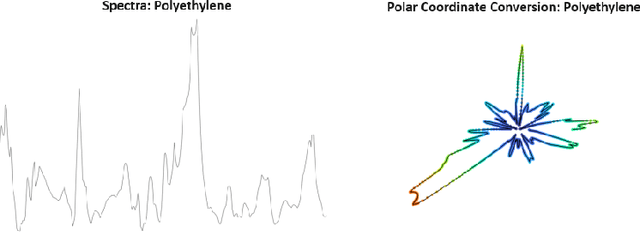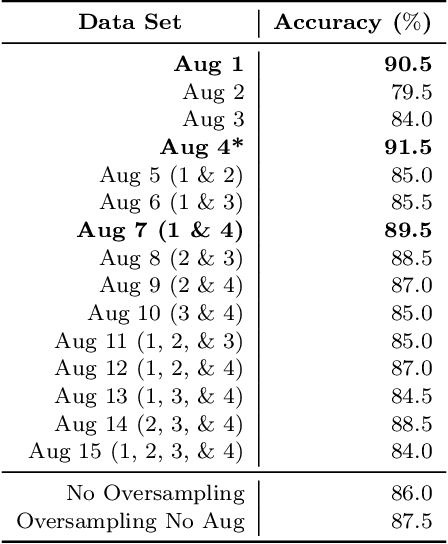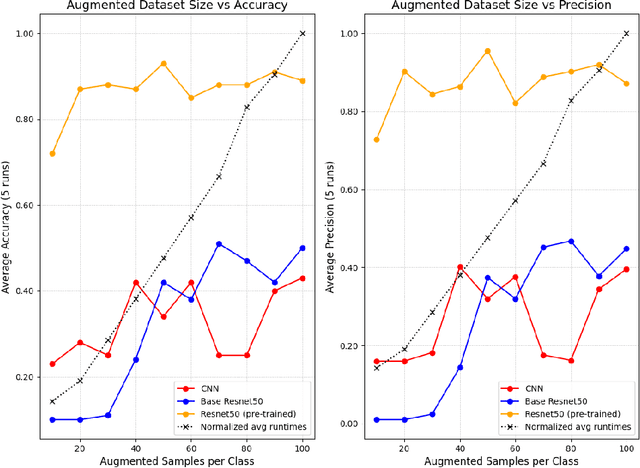Sourena Khanzadeh
GANsemble for Small and Imbalanced Data Sets: A Baseline for Synthetic Microplastics Data
Apr 10, 2024



Abstract:Microplastic particle ingestion or inhalation by humans is a problem of growing concern. Unfortunately, current research methods that use machine learning to understand their potential harms are obstructed by a lack of available data. Deep learning techniques in particular are challenged by such domains where only small or imbalanced data sets are available. Overcoming this challenge often involves oversampling underrepresented classes or augmenting the existing data to improve model performance. This paper proposes GANsemble: a two-module framework connecting data augmentation with conditional generative adversarial networks (cGANs) to generate class-conditioned synthetic data. First, the data chooser module automates augmentation strategy selection by searching for the best data augmentation strategy. Next, the cGAN module uses this strategy to train a cGAN for generating enhanced synthetic data. We experiment with the GANsemble framework on a small and imbalanced microplastics data set. A Microplastic-cGAN (MPcGAN) algorithm is introduced, and baselines for synthetic microplastics (SYMP) data are established in terms of Frechet Inception Distance (FID) and Inception Scores (IS). We also provide a synthetic microplastics filter (SYMP-Filter) algorithm to increase the quality of generated SYMP. Additionally, we show the best amount of oversampling with augmentation to fix class imbalance in small microplastics data sets. To our knowledge, this study is the first application of generative AI to synthetically create microplastics data.
Opti Code Pro: A Heuristic Search-based Approach to Code Refactoring
May 12, 2023Abstract:This paper presents an approach that evaluates best-first search methods to code refactoring. The motivation for code refactoring could be to improve the design, structure, or implementation of an existing program without changing its functionality. To solve a very specific problem of coupling and cohesion, we propose using heuristic search-based techniques on an approximation of the full code refactoring problem, to guide the refactoring process toward solutions that have high cohesion and low coupling. We evaluated our approach by providing demonstrative examples of the effectiveness of this approach on random state problems and created a tool to implement the algorithm on Java projects.
 Add to Chrome
Add to Chrome Add to Firefox
Add to Firefox Add to Edge
Add to Edge